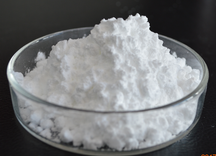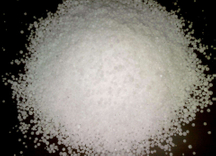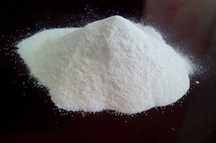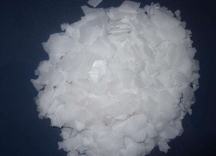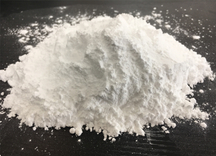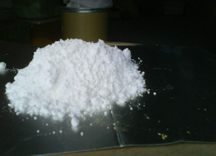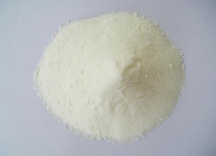Paraformaldehyde White Powder Polyoxymethylene 96% CAS 30525-89-4 for Chemicals
![POM2]()
Polyethylene (IUPAC names Polyoxymethylene, POM) a polymer of formaldehyde (high molecular weight polyethylene), generally having a structural length of eight to one hundred units. Long chain polyformaldehyde is commonly made in heat-resistant plastics, also known as polyformaldehyde plastics. White flammable crystalline powder with formaldehyde odor. Dissolves slowly in cold water and quickly in hot water. The solubility of water at 20ºC is 0.24g/100cm3H2O.
POM APPLICATIONE:
1. Used in the pharmaceutical industry, also as a sterilant
2.Used as a raw material for organic chemicals and synthetic resins, and also as a pharmaceutical fumigant
3.Coating: Synthetic high-grade automotive paint
4.Resin: Synthetic urea-formaldehyde resin, phenolic resin, polyacetal resin, melamine resin, ion exchange resin, etc. and various adhesives
5.Papermaking: Synthetic Paper Strengtheners
6.Foundry: Sand foundry release agent, synthetic foundry binder
7.Aquaculture: Fumigant Disinfectant
8.Organic raw materials: used for the preparation of pentaerythritol, trimethylolpropane, glycerol, acrylic acid, methyl acrylate, methacrylic acid, N-hydroxymethacrylamide, alkyl phenol, methyl vinyl ketone
Paraformaldehyde index :
| Item | Standard | Test result |
| Appearance | WHITE POWDER |
|
| Content | 96% ±1 | 96.38 |
| Acid value (formic acid) | ≤ 0.03% | ≤ 0.03% |
| Ash | ≤ 0.03% | ≤ 0.03% |
| Fe content | Less than 0.0003% (wt.)i.e.3ppm | <0.0003% |
| PH value (20ºC) | 3.5-6.0 | 5.6 |
















